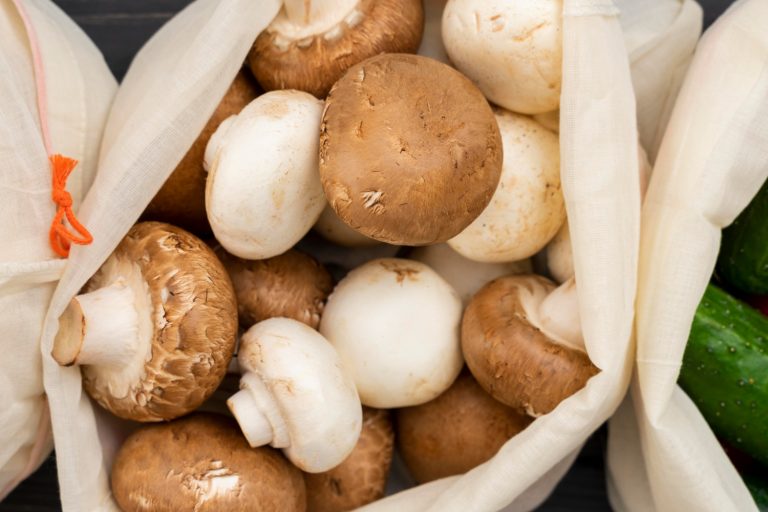Have you ever wondered why modern mushroom farms are thriving even in competitive markets? The secret lies in automation. By integrating smart technologies and innovative machinery, today’s mushroom farmers are achieving greater efficiency and higher yields. What is the role of automation in modern mushroom farming?
Table of Contents
Boosting efficiency with modern equipment
Mushroom farming has always required precision and care. But with automation, the process has become both more predictable and less labor-intensive. One of the most significant advancements is the use of automated irrigation systems. They ensure that mushrooms receive the precise amount of moisture needed for optimal growth. These systems are designed to monitor humidity levels and deliver water uniformly across the cultivation area. This not only promotes healthy mushroom development but also conserves water, an essential resource in sustainable farming.
It’s fascinating to think about how far we’ve come. Imagine the impact of an automated irrigation system that precisely calibrates the moisture levels according to the type of mushroom being grown. Such precision was unthinkable a few decades ago, but today, it’s a reality that boosts both yield and quality. Also really important in mushroom farm equipment is a good picking lorry.
Enhancing profitability through technological advancements
Investing in modern mushroom farm equipment might seem daunting at first, but the returns often speak for themselves. Automated systems reduce waste by ensuring that every aspect of the farm operates at peak efficiency. For instance, automated climate control systems adjust temperature and airflow, creating the perfect environment for mushrooms to thrive. Consistent yield quality translates to satisfied customers and more consistent sales.
Furthermore, automation can track and analyze growing data, providing farmers with insights into crop performance and potential areas for improvement. This data-driven approach enables farmers to make informed decisions about expanding operations or introducing new mushroom varieties. Ultimately, by embracing automation, farmers can scale their businesses strategically and sustainably.
Have you encountered a scenario where production unexpectedly dropped due to unforeseen environmental factors? With automation, these risks are mitigated. Every variable, from temperature to humidity, is closely monitored and controlled, ensuring a stable production environment that maximizes output.
Automation in mushroom farming doesn’t just enhance productivity; it also supports sustainable agricultural practices. By optimizing resource use, such as water and energy, automated systems help reduce the farm’s environmental footprint. The precision of these machines means that fewer resources go to waste, aligning with global sustainability goals.
